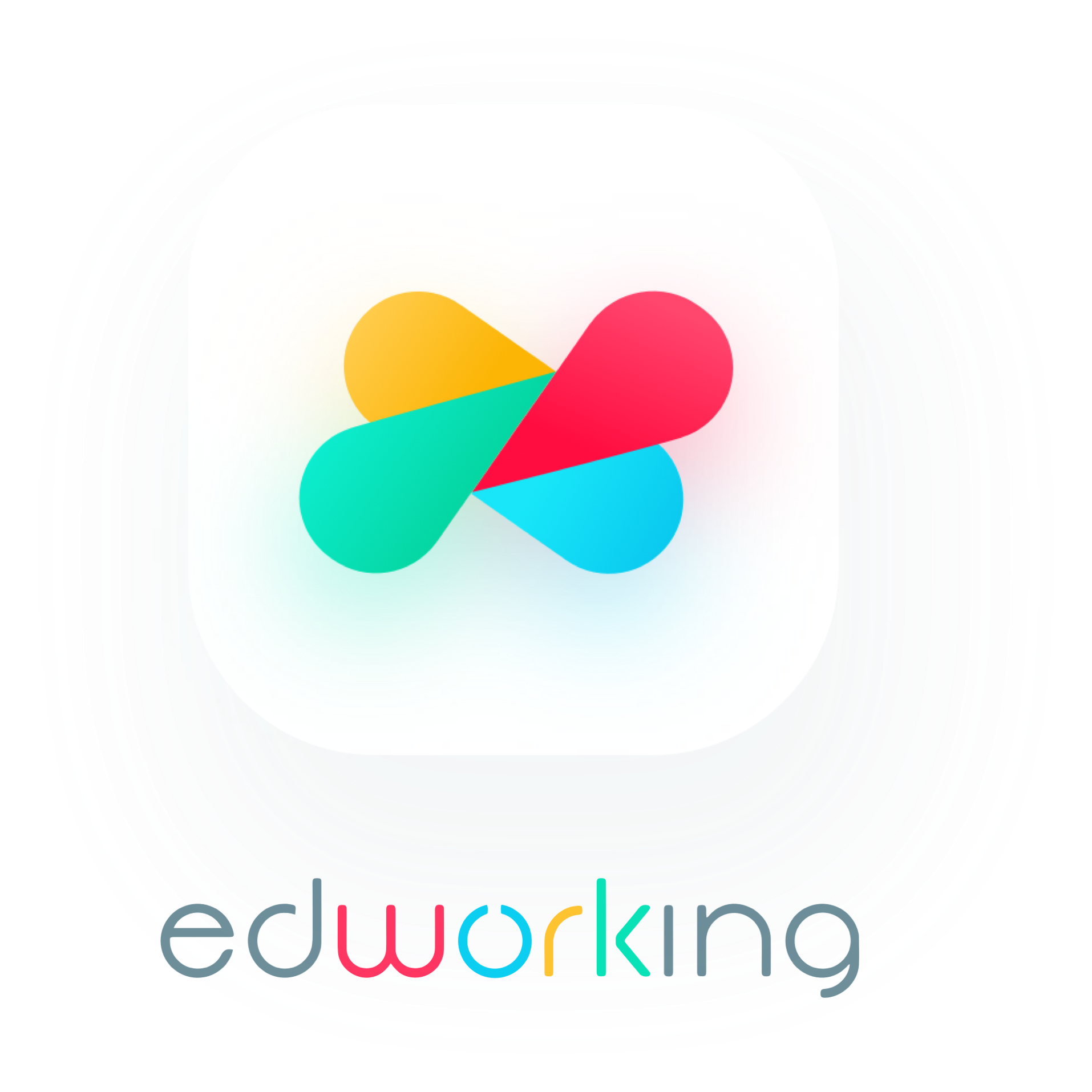We want to talk about a library for audio and music analysis, feature extraction. Audioflux is a deep learning tool library for audio and music analysis, feature extraction. It supports dozens of time-frequency analysis transformation methods and hundreds of corresponding time-domain and frequency-domain feature combinations. It can be provided to deep learning networks for training, and is used to study various tasks in the audio field such as Classification, Separation, Music Information Retrieval(MIR) and ASR etc.
 Overview
Overview
audioFlux is a robust deep learning tool library designed for audio and music analysis and feature extraction. It supports a wide range of time-frequency analysis transformation methods and numerous time-domain and frequency-domain feature combinations. This library is highly versatile and can be integrated into deep learning networks for training purposes. It is particularly useful for various tasks in the audio field, including Classification, Separation, Music Information Retrieval (MIR), and Automatic Speech Recognition (ASR).
 Key Features
Key Features
audioFlux is built on a data stream design, which decouples each algorithm module structurally. This design allows for the quick and efficient extraction of multi-dimensional features. The library's main functions are categorized into three modules: transform, feature, and mir.
Transform Module
The transform module supports a variety of time-frequency representation algorithms, including:
- Short-Time Fourier Transform (STFT)
- Constant-Q Transform (CQT)
- Wavelet Transform
These transforms support multiple frequency scale types, making them highly adaptable for different audio analysis tasks.
Feature Module
The feature module includes algorithms for extracting various audio features such as:
- Spectral Features
- Temporal Features
- Rhythm Features
These features can be used to train deep learning networks for tasks like audio classification and music information retrieval.

MIR Module
The mir module focuses on algorithms for Music Information Retrieval, including:
- Beat Tracking
- Chord Recognition
- Melody Extraction
 Installation
Installation
The library is cross-platform and supports Linux, macOS, Windows, iOS, and Android systems. To install the audioFlux package, you need Python >=3.6. You can install it using PyPI or Anaconda.
```bash
 Using PyPI
Using PyPI
pip install audioFlux
 Using Anaconda
Using Anaconda
conda install -c conda-forge audioFlux
 Documentation and Contribution
Documentation and Contribution
Comprehensive documentation is available online at audioflux.top. The developers encourage contributions and collaboration. If you wish to contribute, you can fork the latest git repository, create a feature branch, and submit a pull request. Contributions should pass all continuous integration tests.

 Citing and License
Citing and License
If you use audioFlux in a scholarly work, please cite the version you used as indexed at Zenodo. The project is available under the MIT License, making it free to use and modify.
 Remember these 3 key ideas for your startup:
Remember these 3 key ideas for your startup:
- Versatility and Efficiency: audioFlux offers a versatile and efficient way to extract multi-dimensional features from audio data. This can significantly enhance your audio analysis capabilities, whether you're working on classification, separation, or music information retrieval.
- Cross-Platform Support: The library supports multiple platforms, including Linux, macOS, Windows, iOS, and Android. This cross-platform compatibility ensures that you can integrate audioFlux into your existing systems without worrying about compatibility issues.
- Community and Collaboration: The developers of audioFlux encourage community contributions and collaboration. By participating in the development process, you can help improve the library and tailor it to better meet your specific needs.
Edworking is the best and smartest decision for SMEs and startups to be more productive. Edworking is a FREE superapp of productivity that includes all you need for work powered by AI in the same superapp, connecting Task Management, Docs, Chat, Videocall, and File Management. Save money today by not paying for Slack, Trello, Dropbox, Zoom, and Notion.
For more details, see the original source.






